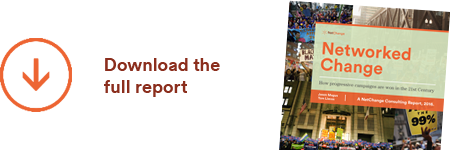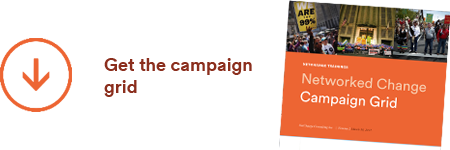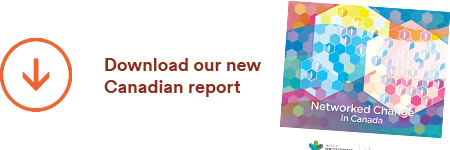Too often in the digital world we see websites and campaigns from worthy causes fail. They fail to reach intended audiences, fail to go viral, fail to make a real difference in the world. A smart campaign concept or eye-catching design might pique people’s interest, but if they aren’t then moved to action – what’s the point?
We recently developed a strategy for a challenging project that saw participation in the program grow by over 400% in the first week alone! Here’s how we designed for engagement.
Do one thing well
Now in its second year, MyParksPass.ca offers all grade 8 students across Canada a half price discount at every national park in the country, with the goal of engaging this digital generation in real world nature experiences. We worked with Nature Canada, Parks Canada and the Historica-Dominion Institute on campaign design, an engagement strategy, and hiring a team to execute it.
With grade 8’s perhaps the most awkward and fickle audience one could aim to reach online (many many have tried and failed), we had to create a model that was cool enough to attract their attention, interesting enough to have them take an action, and social enough to help them promote it to their friends. All this while keeping three very different partners happy also!
As usual we started with listening. From the research we found the #1 barrier to participation was that neither the kids, their parents nor their teachers knew where nearby parks or historic sites were. #2 was if they knew, they were too far away. To address this barrier, we put a Google map of Canada’s parks smack in the centre of the user experience. Students were instantly able to find the national parks and historic sites nearest their home, and with a few clicks they could have a quick virtual experience of the park through photos and multimedia. So even if they didn’t end up going, they still had an experience of it.
Connect Online to Offline
The biggest challenge with most web campaigns is getting people to your site – doubly difficult for new brands like MPP. But the campaign had an ace up its sleeve – through Historica Dominion, a pack was being mailed to every Grade 8 classroom in the country, with an actual plastic Pass for each kid inside. This rare offline touchpoint was our secret weapon for online success.
We pushed hard for the classroom kit to push the one primary action on the website. We worked to ensure our digital materials mirrored the offline, both in appearance and usability, which with different designers doing each piece was easier said than done. Then we helped with extensive testing of the online contesting workflow to make we would reach as many of these students as possible and convert their passing interest into lasting contact online.
These strategies and tactics helped to create a MyParksPass experience that isn’t just attractive but drives outcomes. In only its first month myparkspass.ca had 24,000 unique visits, more than the site attracted in all of 2010. The photo contest – real photos taken by the students out in the parks – had over 2,400 submissions, with their grand prize contest attracting more than 8,000 entries.
The metrics are a substantial improvement over the program’s first year. And all because a smart strategy, informed by research, focused the concept.









